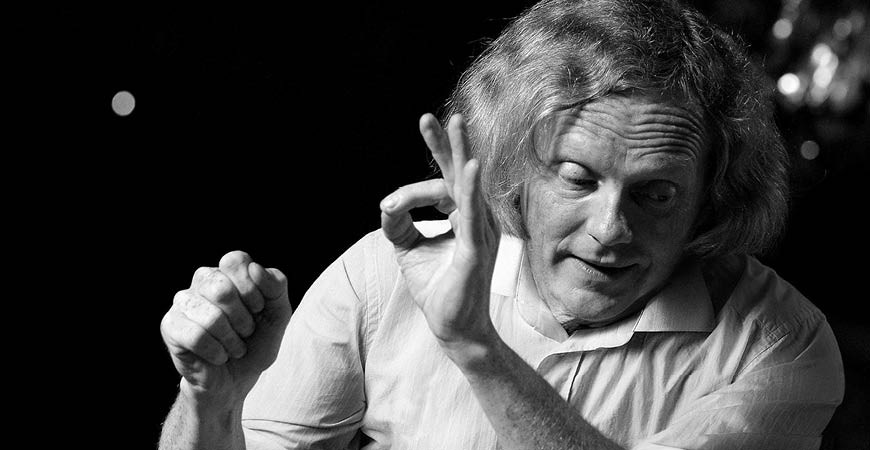
29 April 2021, 19.30-22.00
Grand Hall
Hungarian National Philharmonic Orchestra
Cancelled
C. Ph. E. Bach: Symphony in D major, Wq 183/1
Haydn: Symphony No. 100 in G major, Hob. I:100 (‘Military’)
INTERMISSION
Mozart: Mass in C minor, K. 427
Orsolya Rőser, Katalin Halmai (soprano), Zoltán Megyesi (tenor), Marcell Bakonyi (bass)
Hungarian National Choir (choirmaster: Csaba Somos)
Hungarian National Philharmonic Orchestra
Conductor: Konrad Junghänel
Carl Philipp Emanuel Bach took over his godfather Telemann’s Hamburg post in 1768. He was ranked as one of the most recognized composers of the age due to the decades he spent in the court of Frederick the Great. The work performed tonight is the first of four symphonies he wrote in 1775–76. Friedrich Nicolai had this to say about these symphonies in the columns of Allgemeine deutsche Bibliothek: “Such works are gifts that only Bach can give us …”
The ‘Military’ symphony belongs among the last of the 12 London Symphonies of Haydn. Although the themes of the fast main part following on from the Adagio, which is in parts somewhat gloomy, are of a lively nature, the dark shadows keep returning during the movement. There is characteristic janissary music in the middle part of the Allegretto. The Menuetto (Moderato) is conceived in the spirit of Austrian folk dance. Then in the Presto finale Haydn once again employs a ‘Turkish’ tone.
Mozart married Constanze Weber in August 1782. At the time, the composer made a vow: he would commemorate the event with a mass of thanksgiving. He intended to debut the work in Salzburg. In autumn 1783, only the Kyrie, Gloria and Sanctus were performed. Later on further parts were finished but even so orchestration of the liturgical text remained unfinished. The influence of the Bach and Händel style, which Mozart got to know through Baron Gottfried van Swieten, is apparent in the work impressive even in its incomplete state. Conceived in the spirit of ‘stile antico’, the most dramatic movement of the mass, Qui tollis, evokes the chromatically descending ostinato of the Baroque passacaglia, forming a perfect unity with the chorus’s chromatic, painful melody. Konrad Junghänel is the conductor. He is a (primarily German and Italian) Renaissance and Baroque music specialist.
Presented by
Hungarian National Philharmonic Orchestra


